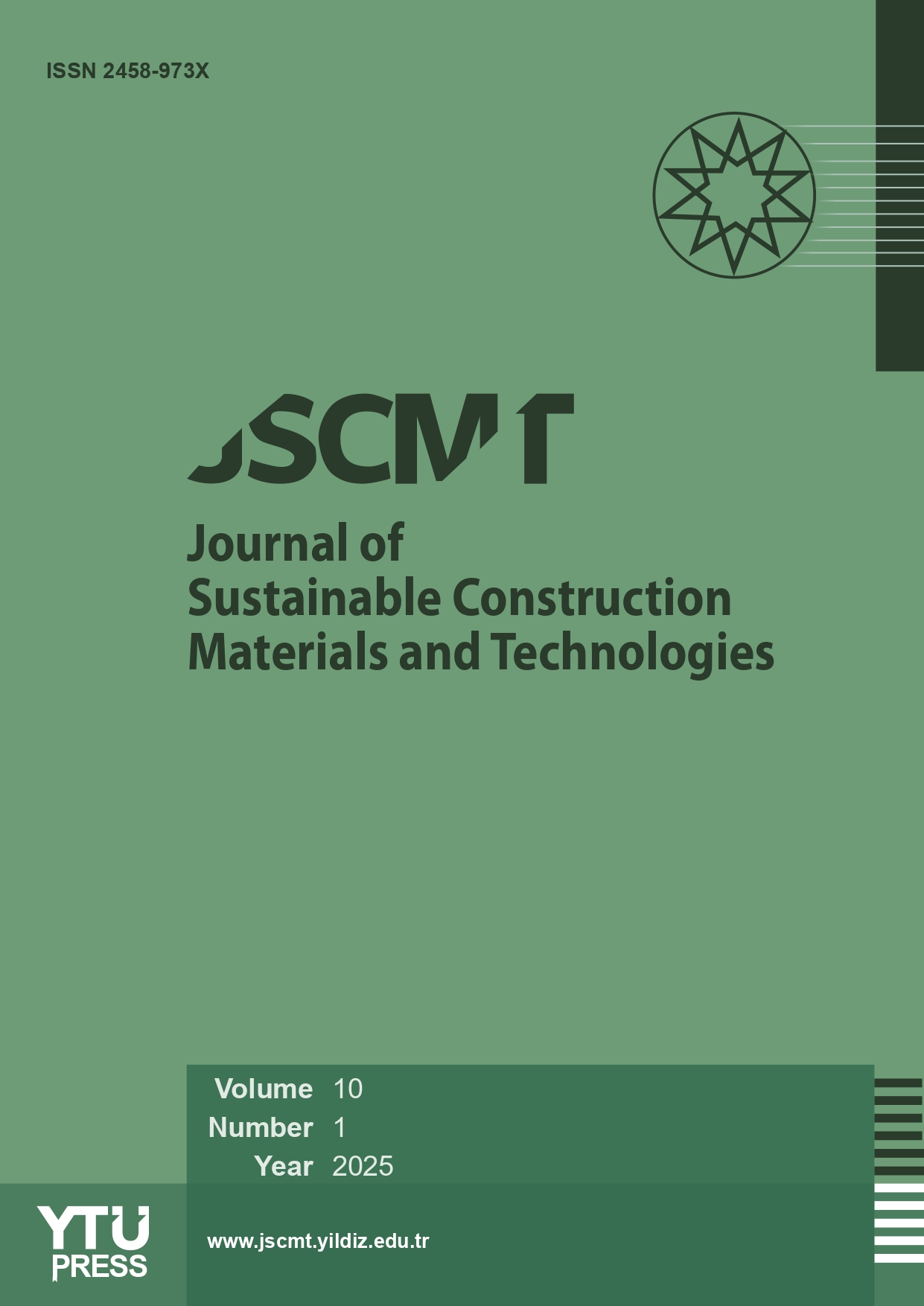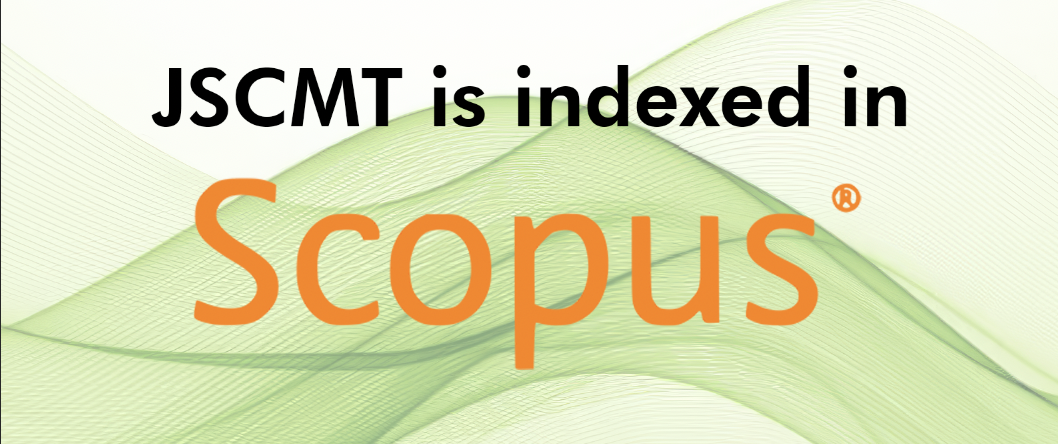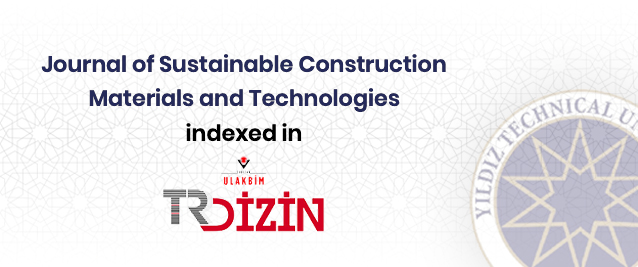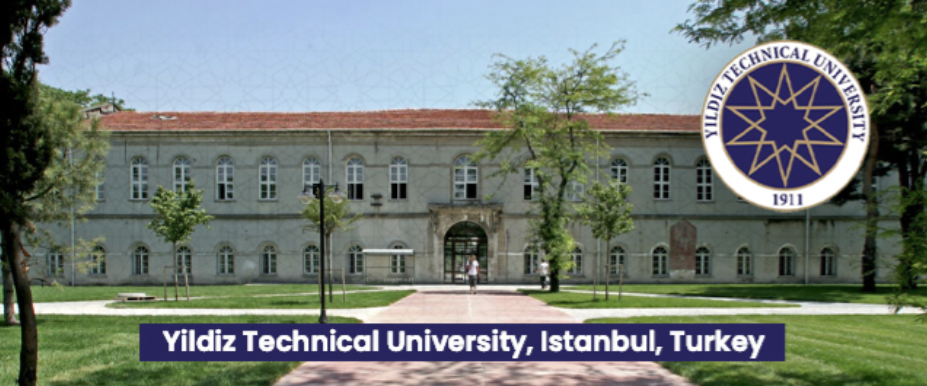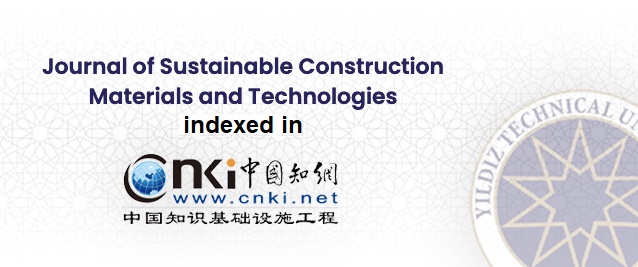2Istanbul University-Cerrahpaşa, Industrial Engineering Department, Avcılar/İstanbul, Turkey
3Mimar Sinan Fine Arts University, Informatics Department,, Bomonti/İstanbul, Turkey
Abstract
Building Information Modeling/Management (BIM) technology has attracted the attention of many researchers and academicians as a new concept that has increased rapidly in the construction sector in recent years. The time-dependent changing society has affected the expectations and demands of the construction industry and triggered/resulted in the production of more complex and original projects accordingly. Building Information Modeling/Management (BIM) concept has become a necessity in today's construction industry in terms of providing integration between project stakeholders and providing the possibility of processing and storing the project data in a common point. When international studies are examined, it is seen that the implementation of the Building Information Modeling/Management (BIM) approach is a mandatory job and/or task in the construction industries of the developed countries. It is observed that they follow this new trend in their rapidly developing countries. This study proposes a procurement framework based on the implementation of Building Information/Management (BIM) to achieve 'best results' in construction projects. A case study presented in this study proves the applicability and usefulness of the proposed Building Information Modeling/Management (BIM) approach in a complex construction project funded by the private sector. Contractual arrangements recommended for the project with an effective resource management approach, one of the basic principles of Building Information Modeling/Management (BIM); benefits such as improved productivity, better coordination and minimized errors and repetition of works.


